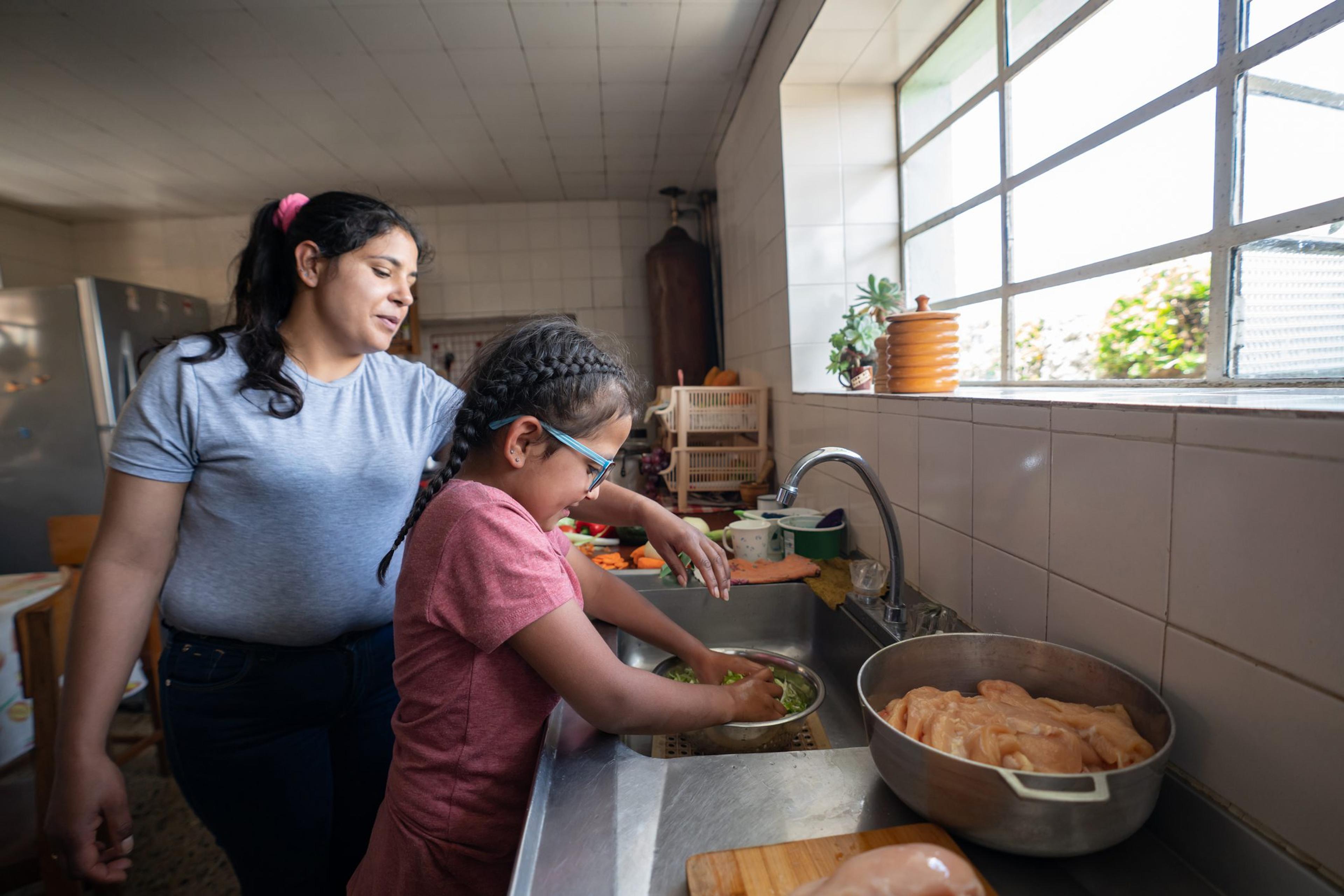Hispanic, Latino Individuals Face Growing Rates of Obesity, Diabetes

| 4 min read
Ms. Hurd is the vice president, Inclusion and Diversity and Chief Diversity Officer at Blue Cross Blue Shield of Michigan where she is responsible for leading and executing the corporate inclusion and diversity strategy for Blue Cross and its subsidiaries and shaping a culture of inclusion. She also leads the Office of Health and Health Care Disparities with a vision of Better Health for All which focuses on achieving health equity in the delivery of, quality and access to care. Ms. Hurd facilitates the enterprise’s Diversity Leadership Councils, Physician Diversity Council and oversees diversity and cultural competency learning opportunities for employees, Inclusion and Diversity coaching programs, 15 employee resource networks and the integration of an inclusion and diversity lens in providing service to members and customers. She currently represents Blue Cross on the Michigan Coronavirus Task Force on Racial Disparities, appointed by Governor Gretchen Whitmer in April 2020. She serves on the BCBS Health Equity Champions Committee and the national Health Care Transformation Task Force Health Equity Advisory Group. Hurd is a recipient of the national DentaQuest 2020 Health Equity Heroes award which recognizes individuals working to achieve equity during this time of coronavirus. In 2021, she was also recognized as a Top 100 Diversity Officer by the National Diversity Council.

Latino health in the U.S.
- Lower rates of smoking when compared to white individuals
- Stronger networks of social support, including family and friends
- Some experts believe statistics may be affected by out-migration trends, as some immigrants in poor health may return to their home country – leaving behind healthier immigrants
Social determinants of health
- Access to health care and healthy food
- Crime and violence
- Education
- Environmental conditions of an individual’s home and neighborhood
- Food insecurity
- Health literacy
- Housing instability
- Income
- 17.2% of Hispanics lived at the poverty level in the U.S. in 2019, compared to 9.0% of non-Hispanic white individuals.
- Language and cultural barriers often prevent Hispanics from seeking help for their health: finding a provider that offers language assistance services can be difficult; and there has been a decrease in mental health treatment offered in Spanish.
- Hispanics have the highest rates of uninsurance of any minority group in the U.S.: 18.7% of the Hispanic population was not covered by health insurance in 2019; compared to 6.3% of the white population. This affects their ability to seek preventive care.
Changing trends
- Hispanics have higher rates of obesity than non-Hispanic white Americans.
- During the past two decades, there’s been an increase in diabetes prevalence among Mexican Americans at a higher rate than white individuals. In 2018, Hispanics were 1.3 times more likely than non-Hispanic whites to die from diabetes.
- Latinos have high rates of disabilities. This could be due in part to their occupations – which can include dangerous and physical labor – as well as substandard living conditions and barriers to accessing health care.
- The Easiest Ways to Stay On Top of Diabetes
- The Importance of Diverse Organ Donors
- New Crisis Services Provide Support for Urgent Behavioral Health Concerns





